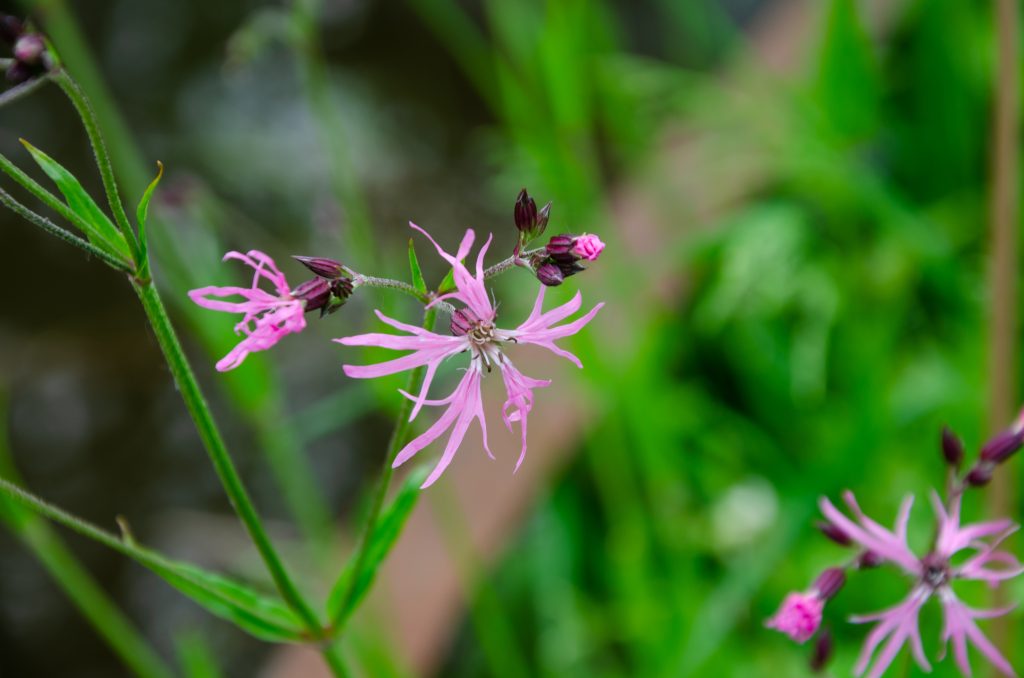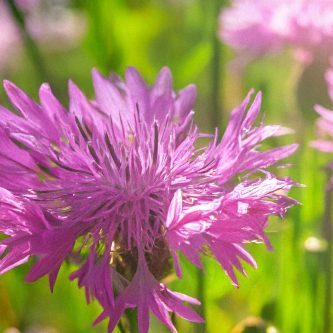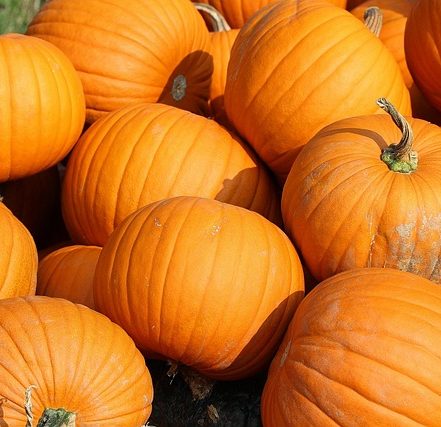Silene flos-cuculi, more commonly known as Ragged Robin, is a delightful native wildflower that graces British meadows and wetlands. Its delicate pink petals, fringed with a ragged appearance, which appear in late spring and early summer, have earned it a cherished place in the hearts of many nature lovers.
A British Native to Cherish
As a UK native, Ragged Robin has adapted perfectly to our climate and soil conditions. It thrives in damp, nutrient-rich environments, making it a familiar sight in meadows, marshes, and along riverbanks. This beautiful plant is a testament to the rich biodiversity found within our own shores.
A Pollinator’s Paradise
One of the most significant benefits of Ragged Robin is its ability to support a wide range of pollinators. Its open flowers are a magnet for bees, butterflies, and other pollinators. The plant provides a valuable source of nectar and pollen, essential for these vital creatures to thrive. By incorporating Ragged Robin into your garden or local green spaces, you can play a crucial role in protecting our pollinators.
A particularly enchanting variety is Silene flos-cuculi ‘Petite Jenny’. This compact form boasts double, soft lavender-pink flowers, creating a truly magical display. Though it doesn’t produce seeds, its prolonged blooming period from late spring to autumn makes it a standout choice for gardens.
Growing Ragged Robin
If you’re keen to attract this charming wildflower to your garden, it’s relatively easy to cultivate. Ragged Robin prefers moist, sunny conditions, so choose a suitable spot in your garden. You can start from seed. Once established, Ragged Robin will self-seed readily, spreading its beauty year after year.
So, why not consider adding Ragged Robin to your garden? Not only will you enjoy its enchanting appearance, but you’ll also be providing a valuable habitat for our precious pollinators.




